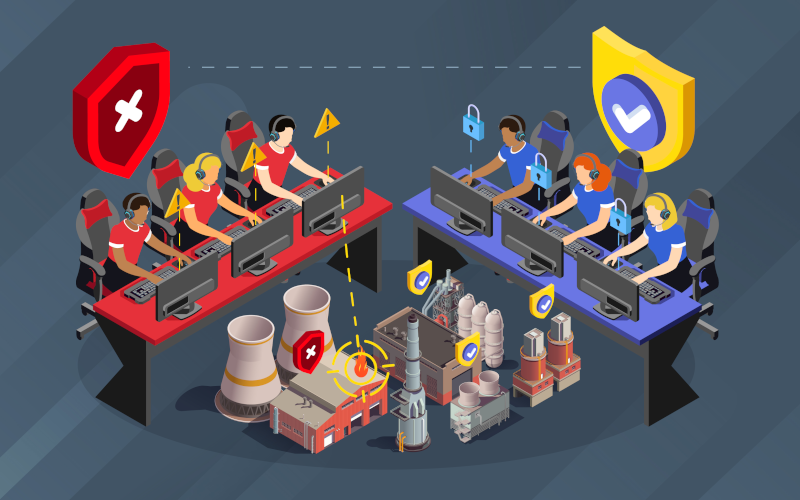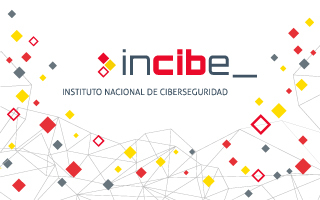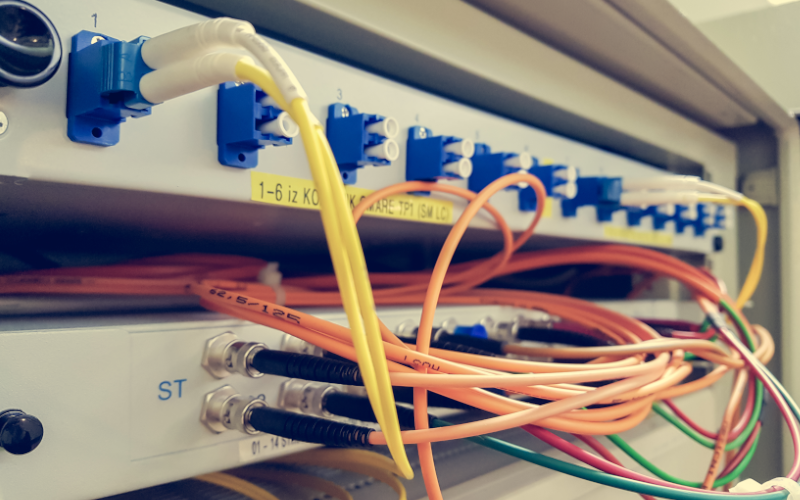
Organizations face the constant challenge of adopting new security strategies, such as the Zero Trust model, which operates under the premise of "never trust, always verify." This change is crucial especially in cloud environments, where identity and resource access management is more complex. In particular, the Secure Web Gateway (SWG) is a key system, which focuses on controlling user access to the web, protecting against web-based threats, and enforcing security policies. It acts as an intermediary between users and the internet, filtering and inspecting web traffic to ensure it meets the organization's security requirements.
However, implementing and managing SWGs presents significant challenges, such as integration with existing infrastructures, managing complexity, and scalability. These challenges require meticulous attention to ensure effective and efficient protection in the changing cybersecurity landscape. This article explores the purpose and function of SWGs, as well as their architecture, their ability to protect against cyber threats, and best practices for their implementation.

MITRE Caldera OT stands out mainly for being an open-source tool that allows the simulation of different cyber-attacks in industrial environments. This tool was created by MITRE and CISA (US Cybersecurity and Infrastructures Security Agency), as the experts saw the need to be able to improve and understand cybersecurity in industrial environments without using a high number of resources.
In addition, this tool is designed to be used by both the Red Team and the Blue Team, allowing both teams to collaborate with each other to improve the level of cyber security in these environments.

In the era of interconnection and digitization, industrial control systems (ICS) are increasingly exposed to cyber threats. These systems are vital for energy production, manufacturing and critical infrastructure management, and their protection has become an essential priority.
Risk analysis is fundamental in this context, as it allows identifying, assessing and prioritizing the risks that can affect ICS. This process, ranges from technical vulnerabilities to emerging threats, and is crucial for developing effective mitigation and protection strategies.
In this article, the challenges and solutions related to risk analysis in ICS will be explored, as well as the importance of the IEC 62443-3-2 standard in this critical process.

The agri-food sector is one of the most critical sectors today because it is one of the most important sectors for the country's economy, as it produces food.
This sector, like many others, is in continuous evolution. An example of this is the automation and digitalization of the many processes that are carried out. These new technologies bring many advantages, such as more efficient processes, less water consumption, detection of possible risks, etc. These great advantages also bring with them some problems, such as increased exposure to cyber-attacks.
Therefore, this article provides some basic knowledge to make the industry aware of the importance of implementing cybersecurity in their technologies.

In the field of cybersecurity, CASB systems play a crucial role in providing an additional layer of protection for cloud applications. This approach prevents threats, detects malware, and ensures privacy in a digital environment, thereby addressing the growing need for data protection.
This article explores how CASB systems work, their key applications, and their benefits in terms of security and privacy, ensuring that applications operate by protecting data in cloud environments and maintaining fine-grained control over cloud operations. From vendor assessment to malicious behavior detection, its versatility extends, offering benefits such as risk mitigation and improved cloud security.


UMAS (Unified Messaging Application Services) is a Schneider Electric (SE) proprietary protocol used to configure and monitor Schneider Electric programmable logic controllers (PLCs). While it is true that the protocol is related to this manufacturer, the use of the protocol is quite widespread in different sectors, especially the energy sector, as is obvious.
The article will focus on the technical breakdown of the protocol and the use of the protocol. The article will also show weaknesses, strengths and some technical vulnerabilities detected in this protocol.

In today's business landscape, the digital revolution has led to an unprecedented transformation, and at the epicenter of this evolution are Industrial Internet of Things devices (IIoT). These devices, skilled in collecting and transmitting data in real-time, have emerged as fundamental pillars, that drive operational efficiency and decision-making in industrial environments.
From advanved sensors to smart sctuators, the network of IIoT devices implemented in the industrial fabric is improving the frontiers of connectivity, impacting the way companies design, implement, and manage their operations.
In this article, we will learn about the role of these devices within Industry 4.0, analyzing how different types of architectures are implemented and how their communications protocols shape the future of the industry.

En la actualidad, el crecimiento de las plantas industriales ha provocado una incesante búsqueda en la mejora de la productividad de los procesos industriales. Esto ha llevado a la evolución de los dispositivos IIoT y, con ello, la emergencia de las pasarelas ICS. Estas se han postulado como puentes tecnológicos, tendiendo vínculos, puentes, entre los dispositivos instalados y la inmensidad de los entornos cloud. En este artículo descubrirás el papel central de estas pasarelas, descubriendo su función como facilitadoras esenciales en la convergencia de la ingeniería tradicional y la innovación en la nube.

This post presents some lines of action that should be followed to deal with a DrDoS cyberattack based on the LDAP protocol, describing in detail the prevention, identification and response phases to follow.



